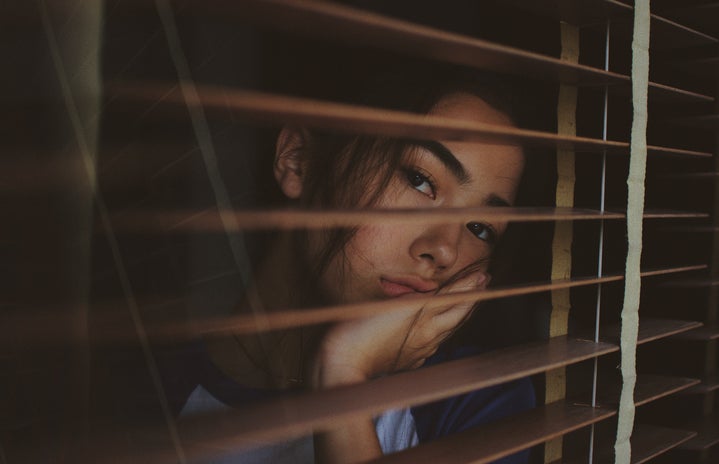It’s that time of the year when the sun starts to set at 4:15 pm and by 5:30 pm, everything is pitch black; or when the sky is filled with heavy clouds and no sun. According to the American Psychiatric Association, about 5% of American adults experience Seasonal Affective Disorder. Many people assume this disorder is just the “winter blues” and believe they have to tough it out on their own. Any depression can affect a person’s daily function, so it is important to take SAD seriously. Here are a few tips on how to manage SAD.
Firstly, it is important to know the symptoms of SAD. It includes but is not limited to sadness, anxiety, agitation, loss of interest in usual activities, inability to concentrate, decreased appetite, and trouble sleeping.
The first tip to deal with SAD is to see a healthcare professional. A doctor is the only person who can diagnose you. Therefore, it is important to see a healthcare professional before taking any action.
Light therapy has proven to be an effective way to manage SAD. You can get a lightbox that mimics outdoor light and sit in front of it for 20-30 minutes. It is best to consult your healthcare professional on the best type of lightbox to get. Bright light stimulates the cells in the retina that connect to the hypothalamus, a part of the brain that regulates circadian rhythms. When the hypothalamus is activated at a certain time of the day it can restore normal circadian rhythms which may reduce the symptoms of seasonal affective disorder. Try to spend at least ten minutes outdoors even when there is no sunlight. Observing nature or things around you might help boost serotonin levels.
If possible, try to visit or/and call friends and family. Being involved in a social circle might create the support you need to manage your SAD symptoms. The presence of people who care about you and who you care about may make you feel less lonely during these months.
Eat a well-balanced meal and try to exercise. A healthy diet can give you the energy you need to function during the day. Exercising at least thirty minutes a day can also help with SAD symptoms. When you exercise, your body releases endorphins which help to reduce pain and increase the feeling of well-being.
Lastly, talk to a doctor. They might recommend antidepressants and/or cognitive behavioral therapy that might help you feel better. Do something that makes you happy. It might be knitting, watching a movie, walking your dog, or cooking. Just try doing something that makes you feel like you are having one of the best moments in your life. Always remember that you are not alone and one day you will feel way better!
If you would like to write for Her Campus Mount Holyoke, or if you have any questions or comments for us, please email hc.mtholyoke@hercampus.com.


